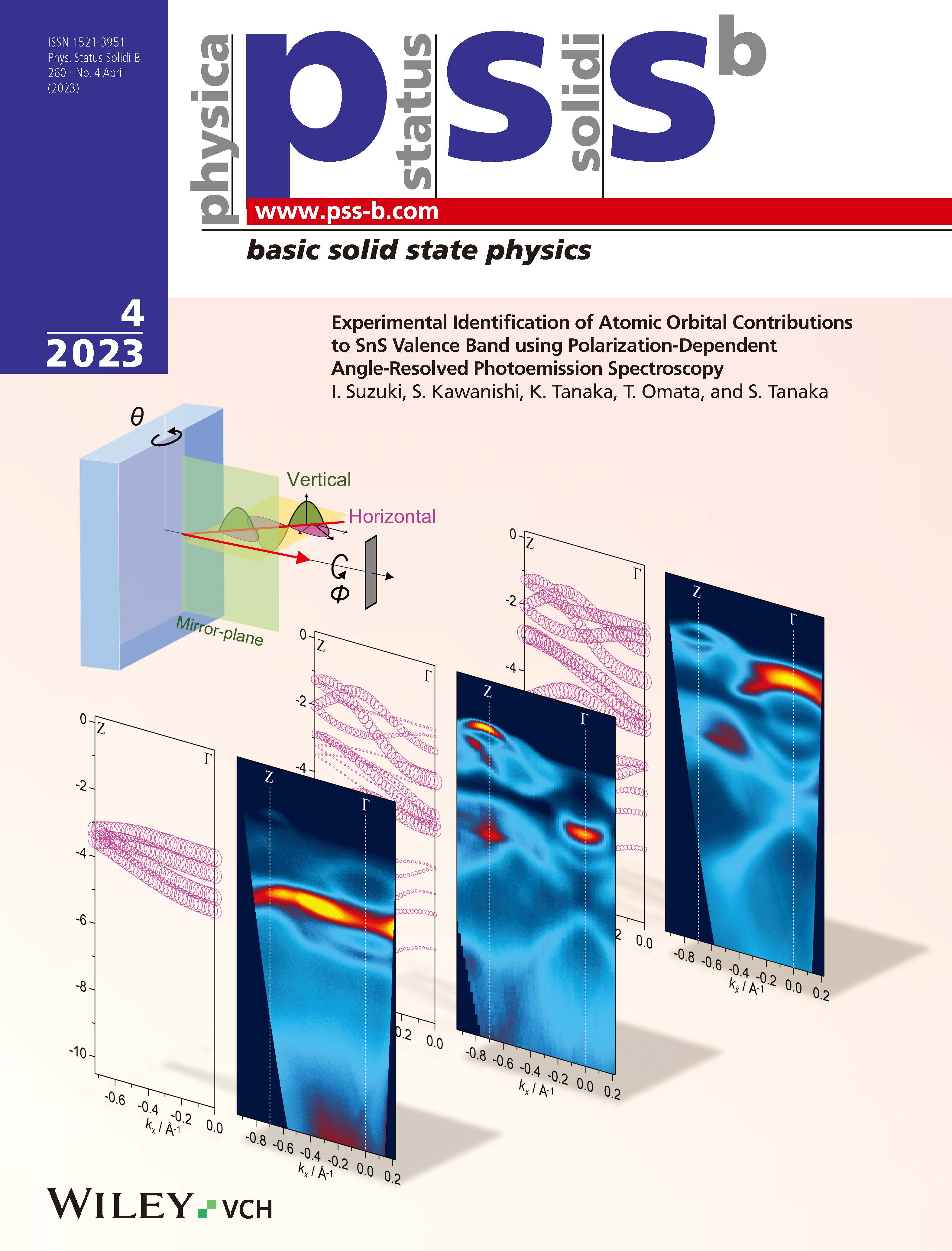


Our research focuses on understanding the electronic structure of low-dimensional solids, including layered materials and solid surfaces, and applying this knowledge to develop new materials. We use various electron spectroscopy techniques, such as synchrotron radiation, femtosecond-pulsed lasers, and highly monochromized electron beams to excite and analyze electrons in terms of energy, momentum, and time. Recently, we've been particularly interested in angle-resolved photoelectron spectroscopy (ARPES) by combining the newly developed photoelectron momentum micsorocopy with synchrotron radiation known as “dream light”, studying materials like TiSe2, SnS, and graphene. We frequently employ first principles calculations for interpretation. Moreover, we investigate intersting phenomena relevant to condensed matter physics, such as electron-photon interactions, superlattice formation due to charge-density wave transitions, and atomic orbital analysis using polarized photons.


Soft x-ray photoelectron momentum microscope for multimodal valence band stereography
F. Matsui, K. Hagiwara, E. Nakamura, T. Yano, H. Matsuda, Y. Okano, S. Kera, E. Hashimoto, S. Koh, K. Ueno, T. Kobayashi, E. Iwamoto, K. Sakamoto, S. Tanaka, S. Suga
Rev. of Sci. Instr.; 94(2023)083701; https://doi.org/10.1063/5.0154156
Experimental identification of atomic orbital contributions to SnS valence band using polarization-dependent angle-resolved photoemission spectroscopy
I.Suzuki, S. Kawanishi, K. Tanaka, T. Omata and S. Tanaka
Phys. Status Solidi, B 2200408(2023); https://doi.org/10.1002/pssb.202200408
Band gap opening in graphene by hybridization with Au (001) reconstructed surfaces
T. Terasawa, K. Matsunaga, N. Hayashi, T. Ito, S. Tanaka, S. Yasuda, H. Asaoka
Phys. Rev. Matt. 7 (2023) 014002; https://doi.org/10.1103/PhysRevMaterials.7.014002